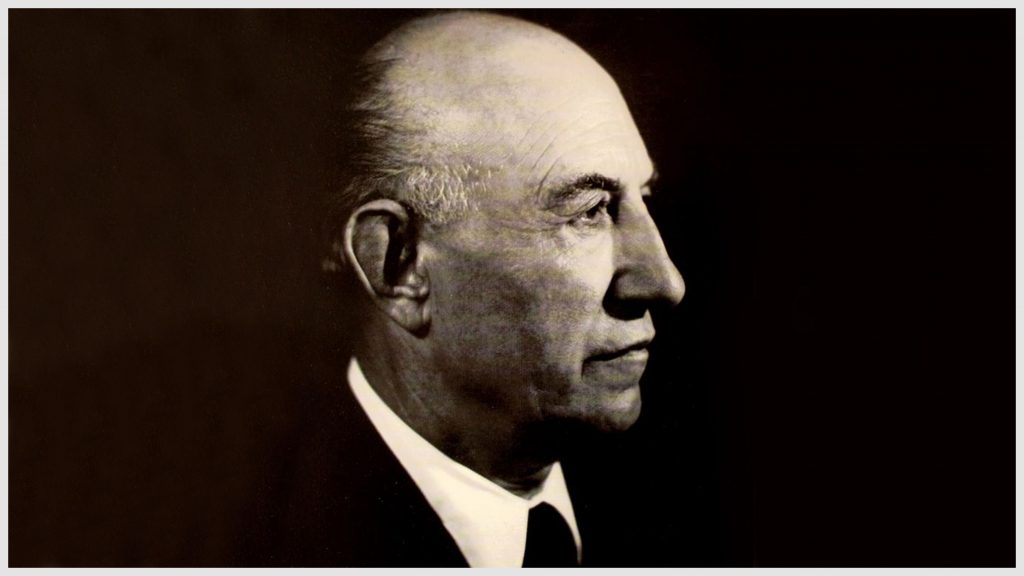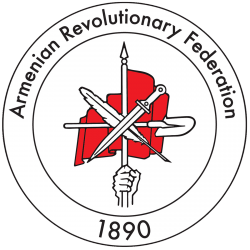Viken Klag - Garo Sassouni
 15 July , 1889 -
15 July , 1889 -
Garo Sassouni was born in the Aharonk village of Sasoun. He attended the Mkhitarist intermediate school of Moush in 1904–1906, and joined a youth group of the Dashnaktsoutiun in 1904. He taught in Diyarbekir from 1906 to 1909.
He studied law in Constantinople in 1909. Three years later, he was sent by the ARF’s Western Bureau to Moush and Sasoun. Returning to law school, he graduated in 1914. For the next five years he served in various capacities to prepare the defense of the population in Eastern Armenia.
In October 1914, he went to Transcaucasia to assist in the organization of the Armenian Volunteer Movement. Soon after, he was sent as a fieldworker to the border region of Pasen (between Erzurum and Sarikamish). In 1916, he worked in Moush and Sasoun as a leader and military adviser. In January 1919, he returned to Constantinople and Smyrna.
Sassouni went to the Republic of Armenia in June 1919 and was elected a parliament deputy. He also served as governor in the Alexandropol (Giumri) region. Playing a major role in the anti-Bolshevik rebellion of February 18, 1921, he acted as minister of the interior in the Committee for the Salvation of the Fatherland, which governed Armenia until Soviet forces reoccupied Armenia. After the return of the Communists, Sassouni escaped, eventually settling in Paris.
Sassouni used Paris as a base of operations for about 10 years, until the early 1930s, when he settled in Beirut. During the 1920s and 1930s, he spent considerable time in Eastern Anatolia, working closely with the Kurdish liberation movement on behalf of the ARF. His efforts there earned him wide respect within the Kurdish community.
In Beirut, Sassouni continued to work as a leader of the ARF, becoming a respected elder statesman of the community. He served for many years as a member of the ARF Bureau and was one of the founders of the ARF’s Pakine literary monthly.
Of his published works, The Kurdish National Movements and Armeno-Kurdish Relations (1932, revised 1968) is especially important, as it is considered one of the definitive eyewitness accounts of the Kurdish struggle of the 1920s and 1930s.
